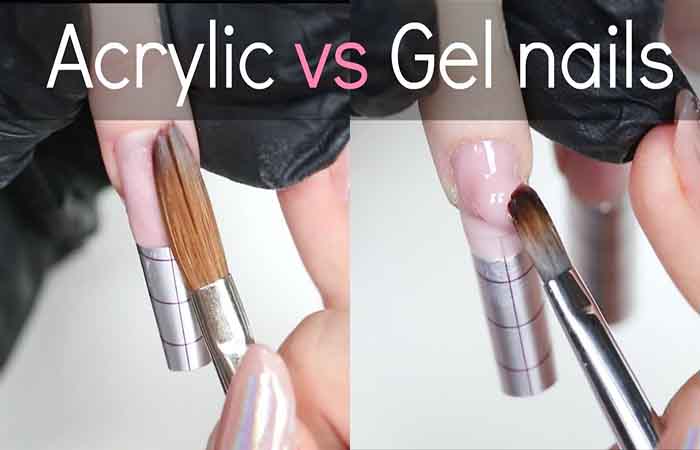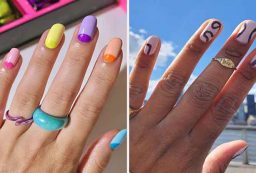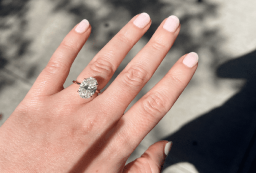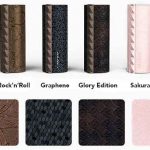When applying and building artificial nails, the techniques differ considerably. While the differences may not be very apparent once the application is complete, they can be during the application process. In this article, the nail supplies expert Maryton will show you the difference between acrylic and gel nails during the application process.
For gel nails, the gel has a sticky, viscous and pasty consistency. It requires the use of a UV lamp to catalyze the gel. One of the major advantages of gel is that you have a longer working time. You can shape and adjust the shape at your own pace, which makes it more accessible to beginners. The brushes used to shape gel have shorter and firmer bristles than those used for resin. In addition, the gel does not have a noticeable odor when applied.
When it comes to resin, or acrylic, the main difference from gel is that the material dries naturally in the open air, without the need for a UV catalyst. It is important to have all the necessary manicure kits from a nail technician to carry out the application. To apply, you dip your brush into the monomer, then into the acrylic powder, and form a ball that you shape onto the nail. Brushes used for acrylic have longer, softer bristles than those used for gel. Another notable difference is that the monomer, which is used with the resin, has a very strong odor that can be off-putting to some people.
For the wearer, gel offers a slight pliability, making the nails slightly more flexible than an acrylic application. This increased flexibility means that if a nail breaks, there is usually less damage to the natural nail. Additionally, gel has a naturally glossy finish, unlike acrylic. However, it is common to apply a coat of color or a top coat to achieve the desired final finish.
When it comes to acrylic, nails are extremely strong, equivalent to the hardness of concrete. However, it can cause more pain to the natural nail if it breaks. The end result of acrylic is usually non-shiny, but this is usually not a problem as the finish is adjusted once the color or top coat is applied.
Read also: What solutions and care products are there to eliminate calluses on your feet?
























Leave a Reply